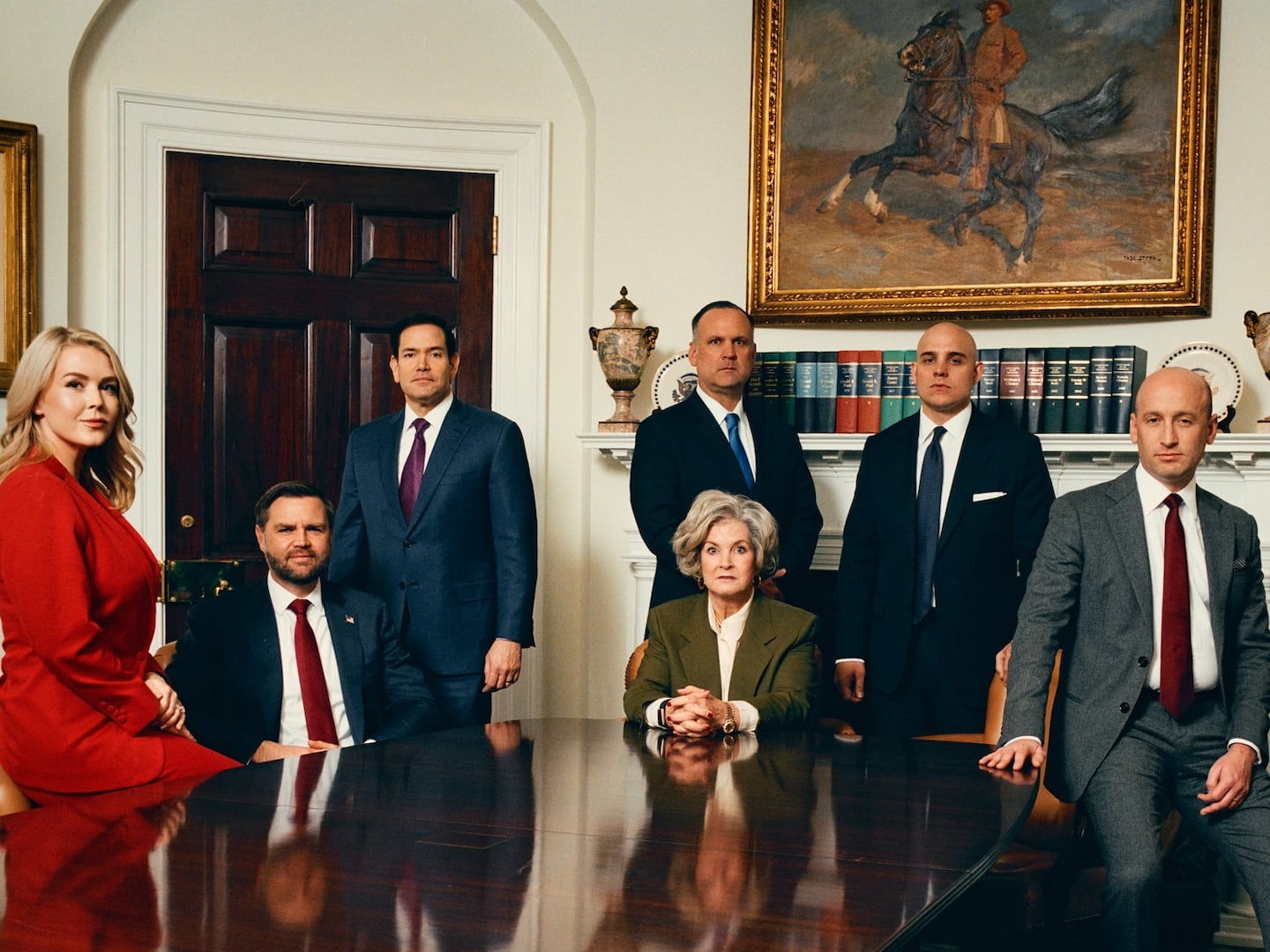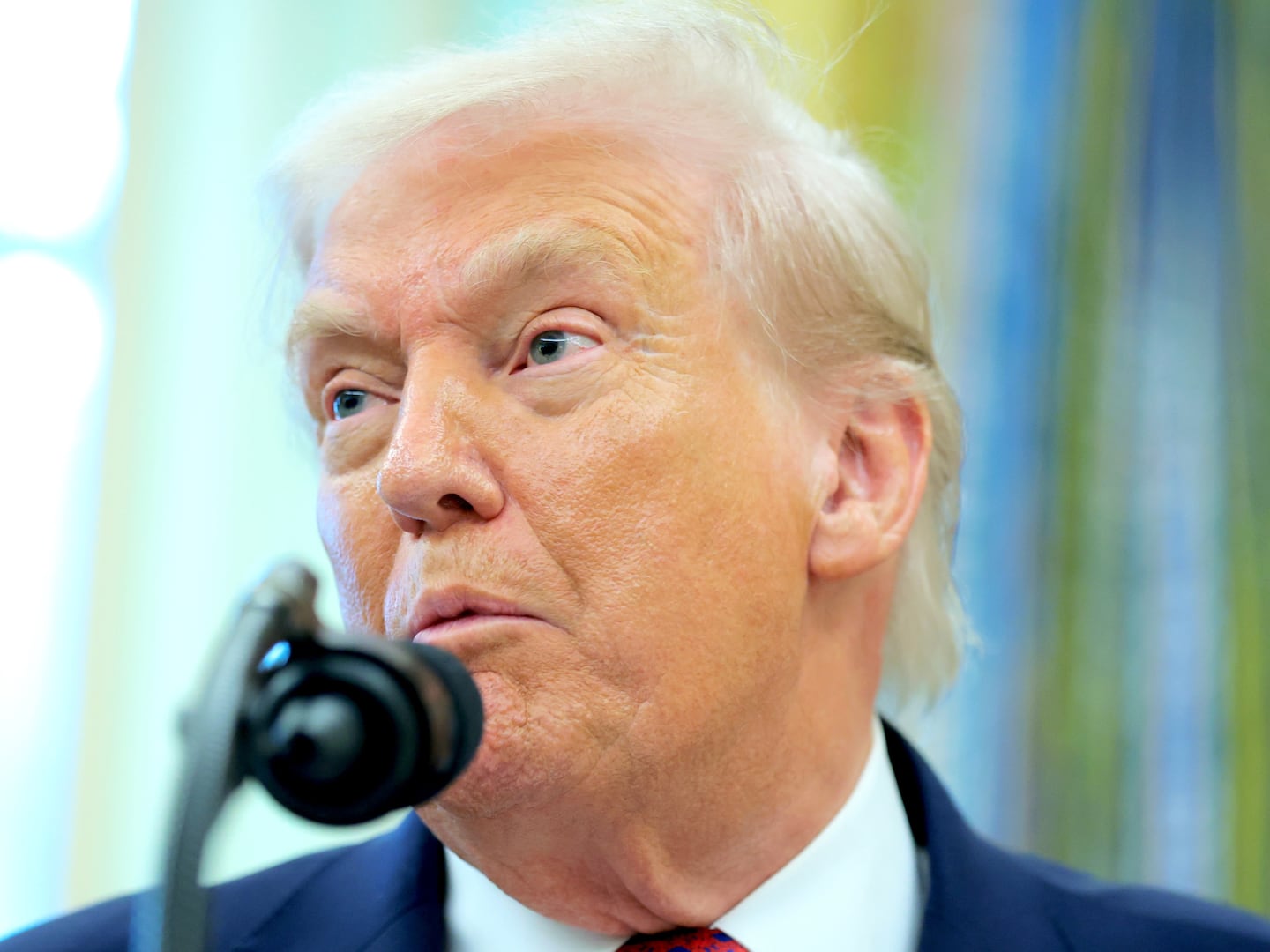
I remember the Iranian Revolution vividly—and yes, it does look like this week’s riots in Iran.
During the second half of 1978, frenzied funeral processions and large memorial services created a rallying point for angry rioters, who began to see the struggle as a religious quest. Clerics’ calls for national strikes paralyzed the country. The importance of Islam to rally the crowds was huge. Now, 30 years later, Iranians can borrow a page from their Islamic playbook and use that revolution to win this fight: In 2009, they must continue to gather for large memorials.
Fortieth-day gatherings of commemoration and national strikes turned the tide against the ill-fated Pahlavi dynasty in 1979. If done systematically, they can do the same in 2009.
Yet again, Iran is going through an upheaval. Oddly enough, it is Islam that may provide the catalyst for revolution yet again. The tragic death of Neda, the young Iranian woman killed by a single Basiji bullet to her heart, has all the hallmarks of martyrdom. She perished needlessly in her march for freedom from the yoke of injustice. She may or may not have been religious, but as a cellphone video of her killing started spreading, she provided Iranians with enough Islamic fervor to announce their own readiness for martyrdom. “I will die a martyr, too,” a father Twittered, “if it means freedom for my three daughters.”
Mir Hossein Mousavi’s call to Iranians to gather this week and commemorate Neda’s death is reminiscent of the events leading up to the Islamic Revolution. Using absentee messages to empower the crowd, he is using his Web site so he can emerge at the right moment—again, actions reminiscent of the Islamic Revolution. His mentor, Imam Khomeini, saturated Iranian households with cassette tapes before his return from exile. Once on Persian soil, he recalled his “promise” to Allah to “shepherd his subjects to salvation.”
In December 1977, during a presidential visit to Tehran, President Jimmy Carter raised a glass of Champagne to toast Shah Mohammad Reza Pahlavi and saluted Iran as “an island of stability.” Iranians from all walks of life lined the streets of Tehran to get a glimpse of the presidential motorcade and chant: “Long live the shah!” “Long live Farah!” Grown men and women, overcome by emotions, wept openly. Children stood frozen or frantically waved flags. Store owners distributed sweets and filled the sidewalks with flowers. Iran was awed by the majesty of the Shahanshah, the king of kings, and thought it was at the zenith of greatness.
We lived it. We believed it.
The sense of witnessing a historic transformation from a feudal and stagnant country to a modern oasis was not lost on my parents or the people of their generation who had seen harder times. Iranians were running, not walking toward modernity. The country was making great strides. With a treasury flush with funds from the oil boom of the 1970s, the shah pursued ambitious programs. Like his father, Reza Shah, the Shah Mohammad Reza Pahlavi was determined to bring Iran into the 20th century, and was prepared to ignore all outward signs of discontent, which were slowly gaining substance and momentum.
As the pace of change quickened, the youth felt left out, the intellectuals insulted, the bazaaris and clerics threatened.
And then the riots began. Downtown Tehran became a hotbed of anti-shah demonstrations. In a show of defiance, clean-shaven, European-styled young men stopped shaving and threw off their ties. They stood on street corners handing out free cassette tapes of Imam Khomeini. They filled the streets and shouted “Death to the dictator,” imploring their “brothers and sisters” to listen to the “truth” and “denounce the lies.” They threw rocks at the police and chased them out of neighborhoods; then regrouped at night and set cars ablaze.
By the time the police finally did open fire, the revolution had begun. Overnight, posters covered the streets of Tehran in remembrance of “martyrs” whose blood was nourishing the red tulips of the revolution. Blood-red flowers were clenched by angry fists pounding the air and chanting “tulips are springing—from the grounds of our martyrs’ bleeding.”
The revolution was no longer about corruption in the government or moral callousness in the court. It was about avenging the death of those killed on the streets. It was about self-martyrdom, a victimized death, the most sacred tenet of Shia Islam. It was about Imam Hussein, whose death more than 1,000 years ago at the hands of the evil Yazid still drove pious Iranian to tears.
And thus began a cycle of systematic violence. On the 40th day of each death, as dictated by traditional Islam, huge crowds gathered in open spaces across the country to commemorate their “martyrs.” With the announcement of each name over a bullhorn, demonstrators worked themselves into an increasing frenzy. Pounding their chests to shouts of “Allah-o-Akbar,” they set out to destroy Iran’s hard-earned symbols of modernity. Universities were shut down, modern office buildings shuttered, and restaurants and shops set on fire.
In their religion-fueled trance, they were no longer fighting a cancer-ridden monarch but the evil Yazid himself. Riots that had started as anti-shah quickly turned pro-Islam. Each death was another divine call for revenge, another reason for gatherings and strikes. The shah did not stand a chance.
In her horrific death, Neda has again provided the bruised and battered Iranians with a jolt of spiritual connectedness: The meaning of her name is “divine calling.” But will they heed the call?
No one knows. I believe even the long-suffering Iranians don’t know. But chances are that in a nod to Islamic traditions, they will gather in her memory, both this week and on the 40th day after her death. Perhaps they will evoke the martyrdom of Imam Hossein to whip themselves into a frenzy. Perhaps they will get angry enough to want to avenge her death and destroy the real Yazids who have brought them—and Neda’s poor father—so much misery. Perhaps they will find this the calling to use Islam to get rid of the mullahs.
Fortieth-day gatherings of commemoration and national strikes turned the tide against the ill-fated Pahlavi dynasty in 1979. If done systematically, they can do the same in 2009.
Nazee Moinian is a consultant on Iran who most recently worked at the Council of Foreign Relations on the Middle East and a graduate of SIPA at Columbia University.






